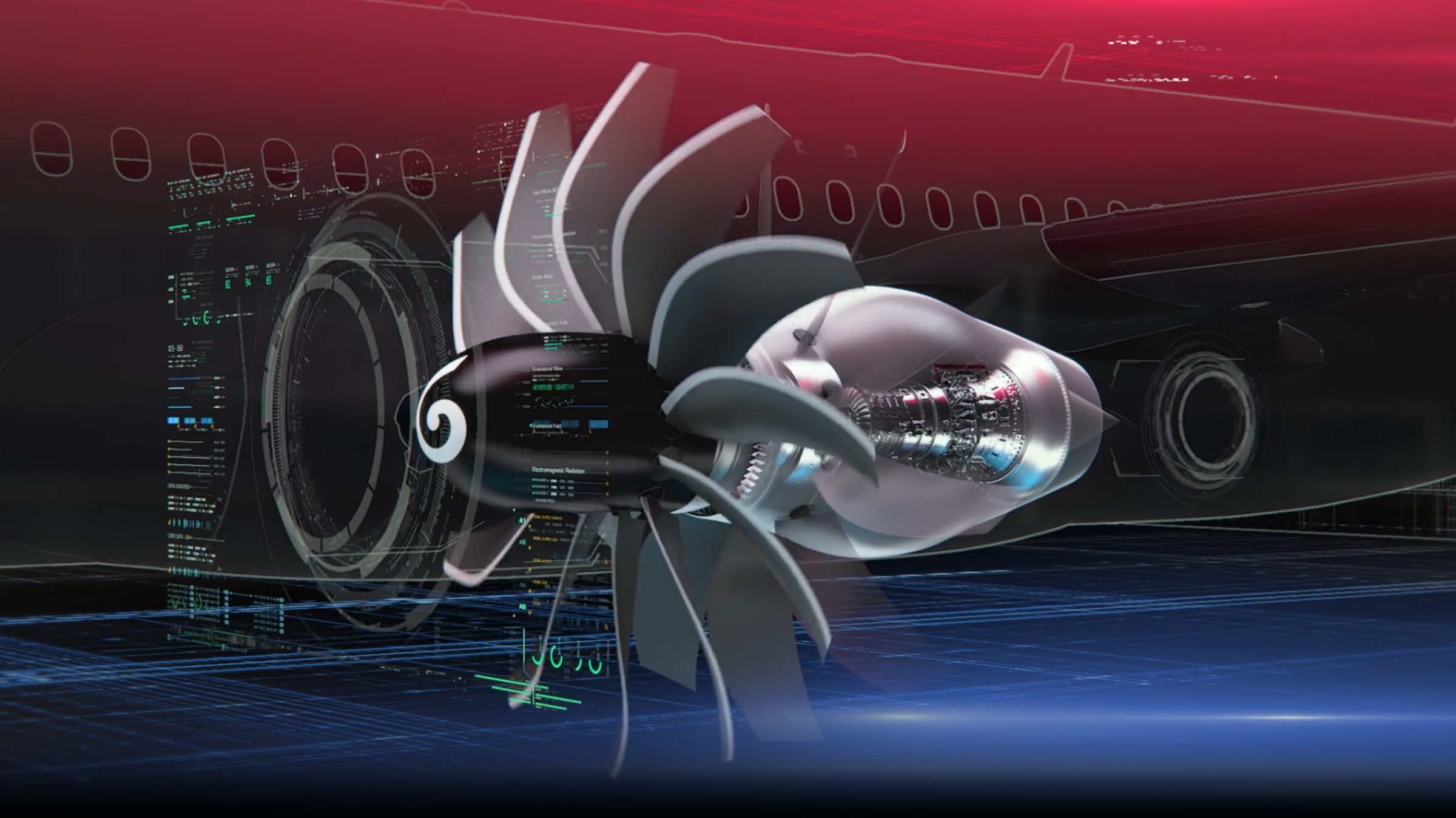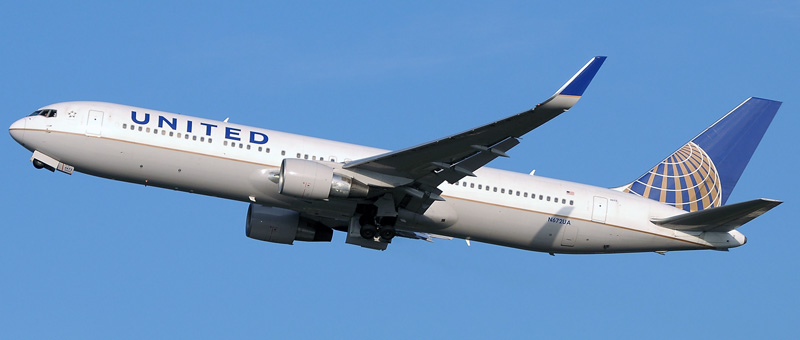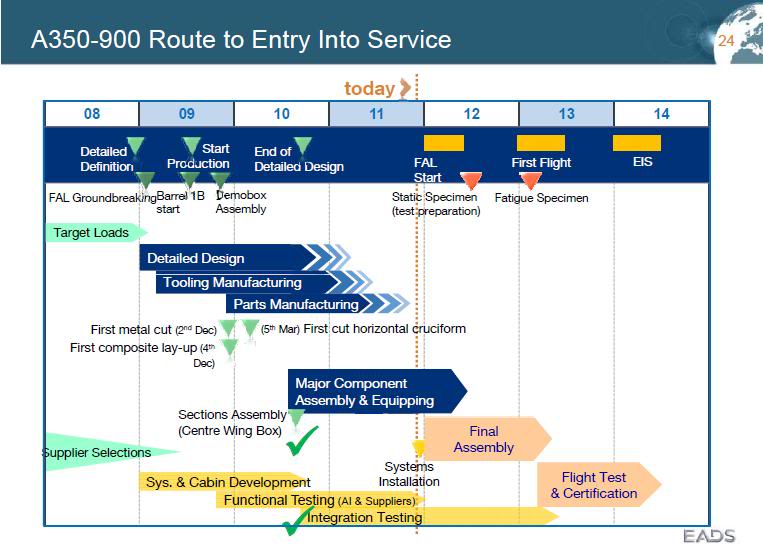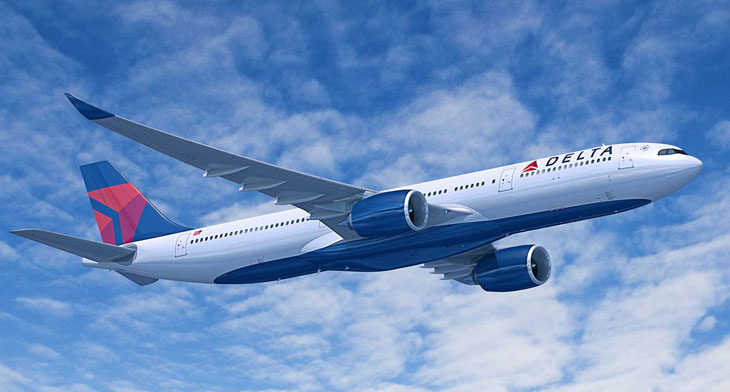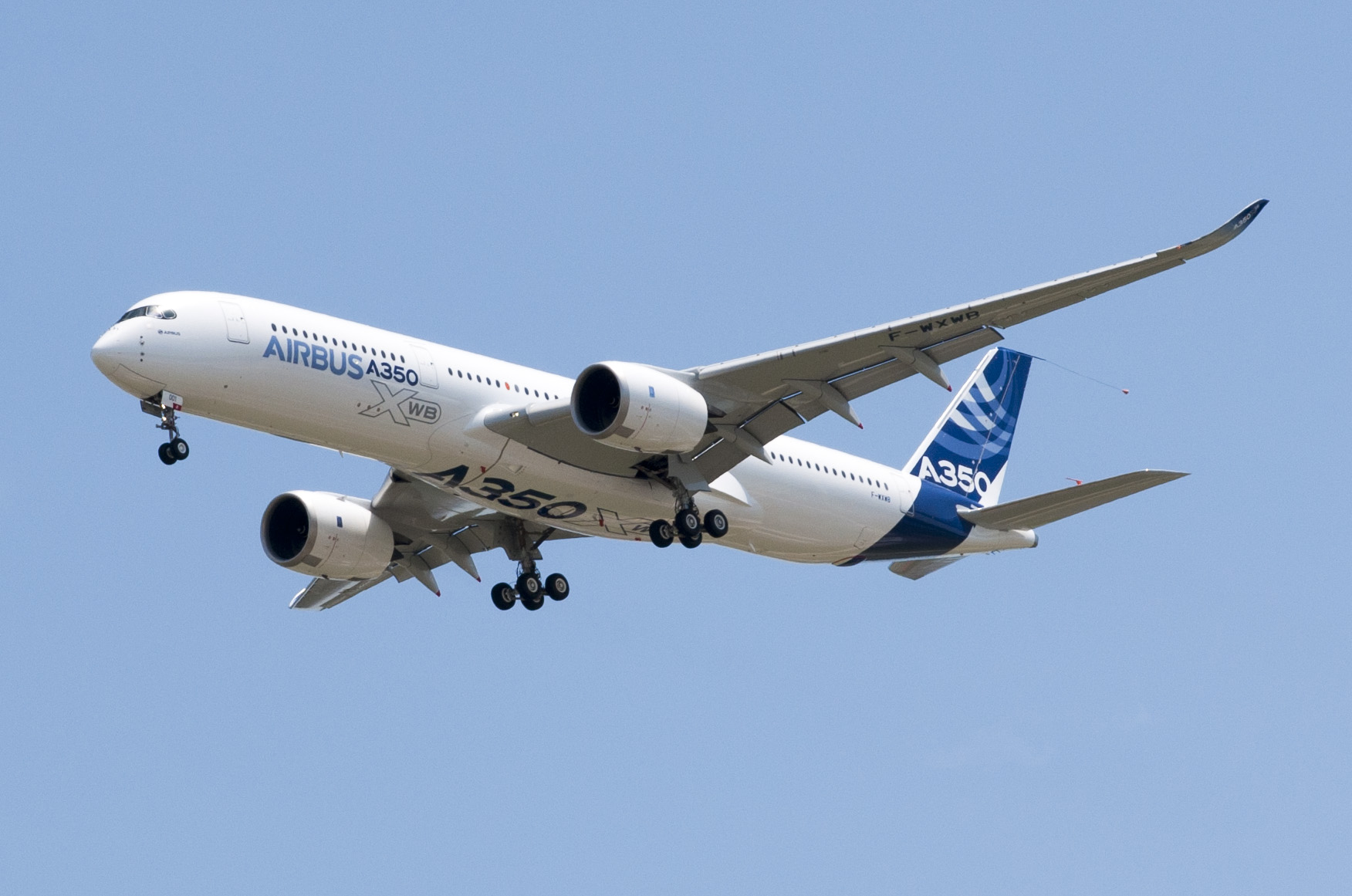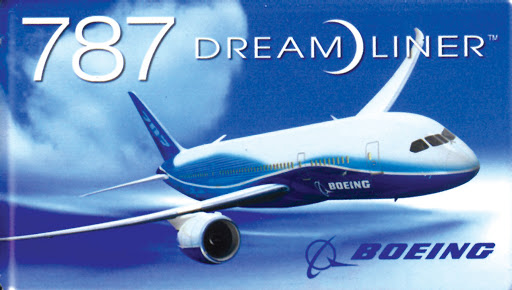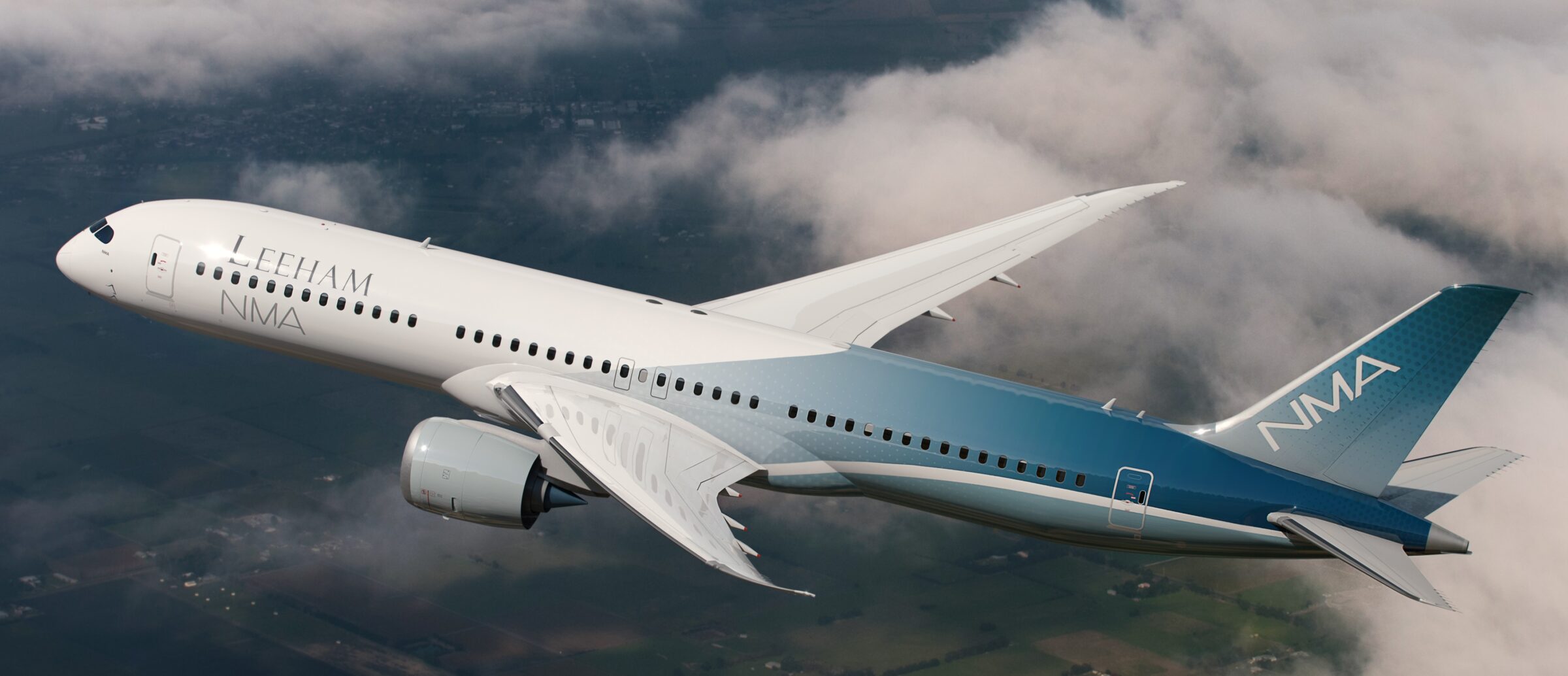Leeham News and Analysis
There's more to real news than a news release.
Bjorn’ s Corner: Engine development. Part 1. Introduction
March 29, 2024, ©. Leeham News: We finished our article series about New Aircraft Technologies last week. It dealt with the different new technologies that a next-generation airliner could use to increase efficiency and by it environmental emissions.
An area that we touched upon but didn’t dig deeper into was engine development. When airframe development historically decided how long a new generation of aircraft took to develop, it gradually changed to engine development being the more calendar-time-consuming and riskier development for the last generations. This article series will discuss why and what can be done about it.
Re-engining the Boeing 767, Part 4
Subscription required
By Bjorn Fehrm
February 1, 2024, © Leeham News: We have been looking at a re-engine of the 767, a move that Boeing is considering to avoid a production stop after 2027. The present 767 engines don’t pass emission regulations introduced by the FAA, EASA, and other regulators for production and delivery beyond 2027.
We used our Aircraft Performance and Cost model to look at the economics of the original 767 Freighter versus a re-engined one before Christmas. Now, we install a passenger long-range cabin and look at the per-passenger mile economics of a re-engined 767-300ER versus the original version.
Summary:
- New, more environmentally friendly engines would give the 767-passenger version better fuel economics.
- The higher the engine maintenance costs of the new engines make the Cash Operating Costs difference between the existing 767-300ER and the new version small.
Bjorn’s Corner: New aircraft technologies. Part 39. Production
November 23, 2023, ©. Leeham News: We are discussing the different phases of an airliner development program. After covering Conceptual, Preliminary, and Detailed design, the manufacturing of prototypes, and their roles in flight tests, we now look at production.
The focus and work around the production of an airliner has increased over the last decade. Why this renewed focus?
The Airliner Production Problem
Subscription required
By Bjorn Fehrm
September 14, 2023, © Leeham News: For more than a year, we have heard all the Airliner OEMs complain that they can’t increase production rates because of delivery problems in their supply chain. It’s a problem that is not easy to fix; it just goes on and on.
What is the root problem behind the persistent problem of increasing production of our airliners? There are specific problems for each aircraft type and time, but some fundamental problems are behind the overall problem of increasing the production numbers.
We analyze these fundamental problems in a series of articles.
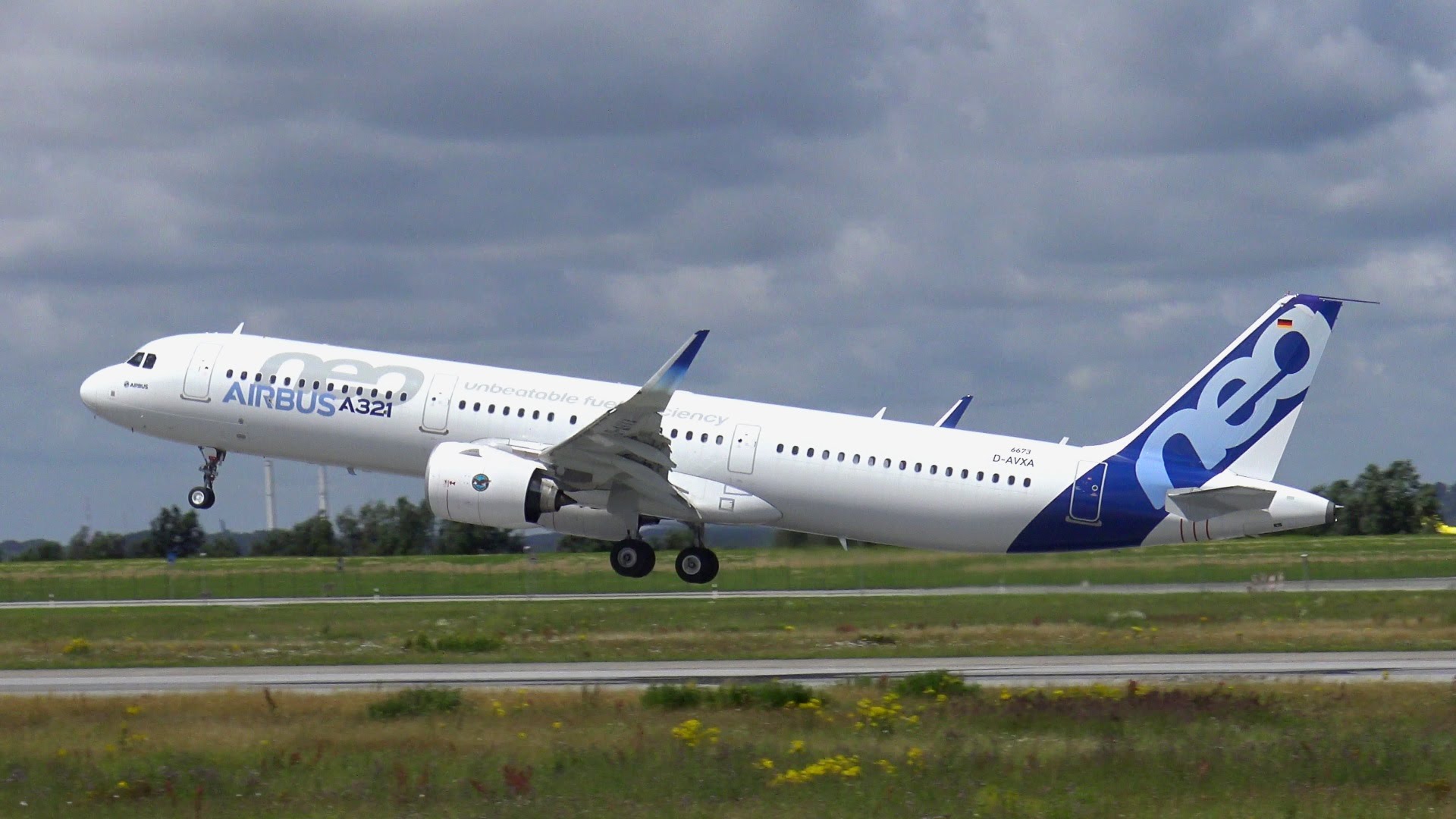
Figure 1. The Airbus A321, a model which a new customer gets delivered six years from now if the production increases to plan. Source: Airbus.
Summary:
- We start describing the realities of airliner production, and what a gigantic puzzle it is.
- We also delve into the learning curve, and why it has such importance for production rates.
Bjorn’s Corner: New aircraft technologies. Part 25. Efficient development
August 11, 2023, ©. Leeham News: We have described a number of technological advances that can be used to make the next-generation airliners more efficient and, thus, more environmentally friendly.
Part of developing more efficient next-generation aircraft is to change the development process to be more efficient. The last Boeing aircraft, the 787, took 7.5 years from launch to entry into service, and Airbus A350 took 8.5 years.
The target is to reduce this by up to 50%, but how?
The economics of a 787-9 and A330-900 at eight or nine abreast
Subscription Required
By Bjorn Fehrm
Introduction
Nov. 16, 2022, © Leeham News: Over the last weeks, we have looked at the economics of our typical long haul widebodies when fitted with normal and high-density seating.
We continue this series by comparing the Boeing 787-9 and Airbus A330-900, when both fly eight or nine abreast economy cabins. As before, we fly the world’s busiest long-haul route, London Heathrow, to New York JFK and look at the comfort and economic data.
Summary
- The 787-9 is the more capable aircraft with about 700nm longer range than the A330-900.
- The economics of the two on routes both can fly is close. It comes down to cabin layouts.
The A350 enhancements, Part 2
Subscription Required
By Bjorn Fehrm
Introduction
Nov. 3, 2022, © Leeham News: Last week, we described the New Production Standard (NPS) of the Airbus A350. Now we look at the economic performance of the A350-900 versus the Boeing 787-10 on the world’s busiest long-haul route, London Heathrow to New York JFK.
We compare the economics with a nine abreast economy cabin and what difference the NPS and a 10 abrest change for the A350 produces.
Summary
- The 787-10, with its long fuselage, is seat mile cost-optimized for medium long-haul routes.
- Airbus gives the airline the option with the A350 NPS, comfort, or seat mile optimization.
Engine Development. Part 8. Throttle push or not?
Subscription Required
By Bjorn Fehrm
Introduction
October 6, 2022, © Leeham News: The early years of 2000 saw new engine programs launched for the new Boeing 787 Dreamliner and Airbus response, the A350.
Substantial differences in the life of these aircraft programs made the engine programs develop differently. It was about throttle push or not.
Summary
- The Dreamliner engines changed as the 787 programs went through many stages.
- The Airbus A350 program was a standard program in comparison.
The industries’ CASM trap
Subscription Required
By Bjorn Fehrm
Introduction
August 11, 2022, © Leeham News: The airliner world measures efficiency in CASM, Cost per Available Seat Mile, and RASM, Revenue per Available Seat Mile. An airliner with more seats then has lower CASM or RASM.
Looking at seat counts, we can see that the hottest selling single-aisle, the Airbus A321neo, is closing the gap to widebodies like Boeing’s 787-8 and Airbus’ A330-800.
So it’s CASM, and RASM should be phenomenal. Or is it? Are we comparing correctly, or are these Apples and Oranges comparisons? We use the cabin generator of our airliner performance model to understand it better.
Summary
- The measurement of economics per seat makes sense for internal airline work.
- When comparing different airliner types in the same size class or between types (single-aisle, widebody), it’s the wrong method.
How Boeing is Rebuilding Engineering Excellence
Subscription Required
By Bjorn Fehrm
Introduction
June 9, 2022, © Leeham News: As described in our Monday article, Boeing is preparing for its Next Boeing Airplane (NBA). At the same time, the company is hard at work to ensure this will be no repeat of the 787 and 737 MAX program debacles.
The 2022 Chief Aerospace Safety Officer Report was issued two weeks ago. It gives insight into the work that shall ensure such failures won’t happen again. Here is what the report says about how Boeing is rebuilding its Engineering Excellence.
Summary
- The 787 and 737 MAX failures came from a company culture where engineering excellence played second fiddle to short-term business objectives.
- Boeing has now made changes from the board level to how it organizes its engineers. These changes go in the right direction, but will they be enough?


